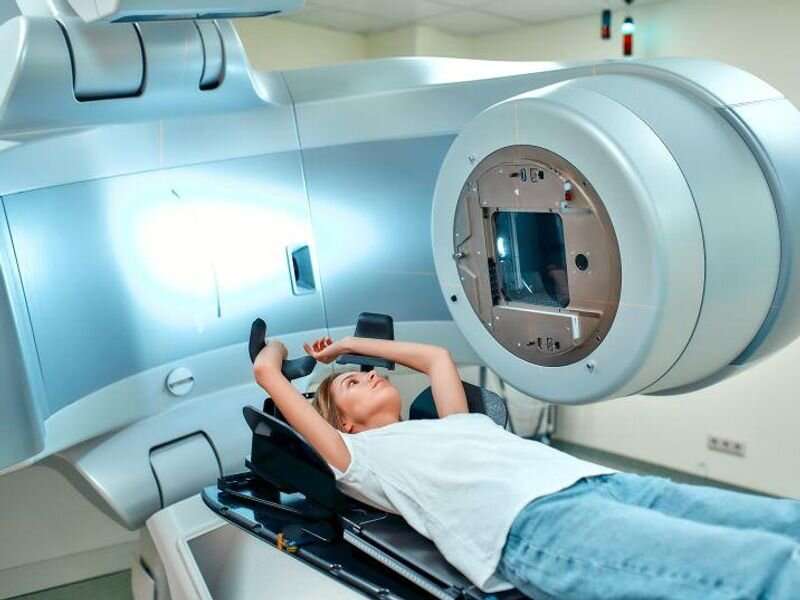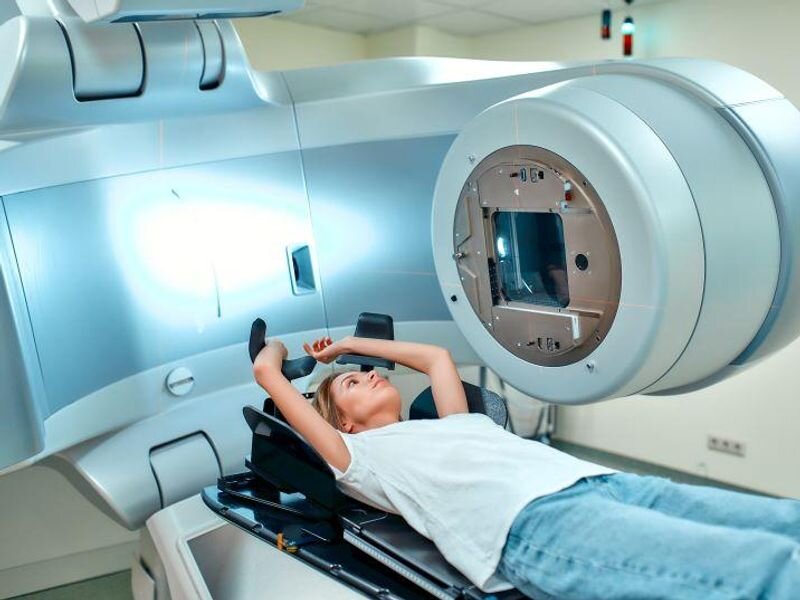
Rural residence is associated with both radiation treatment (RT) nonadherence and poorer overall survival among cancer patients, according to a study recently published in the International Journal of Radiation Oncology, Biology, Physics.
Bonny B. Morris, Ph.D., R.N., from Virginia Commonwealth University in Richmond, and colleagues assessed geographic, sociodemographic, and clinical factors associated with RT nonadherence and survival among 3,077 cancer patients (average age, 62 years; 59 percent female; mean follow-up, 4.5 years).
The researchers found that 22 percent of patients missed at least two fractions and an average of 10 percent of their treatment plan. Mortality was significantly higher among rural patients than nonrural patients (53 versus 42 percent). Survival was best predicted by the proportion of missed fractions as the indicator of nonadherence. In addition to a treatment delay by geographic residence interaction effect, marital status, employment status, stage of disease, cancer type, and age at diagnosis significantly impacted survival. Two-year survival was 76 percent for nonrural residents who did not experience a treatment delay versus 27 percent for rural residents who experienced a treatment delay. Among only rural residents, those experiencing a treatment delay were nearly twice as likely to die versus those who did not experience a treatment delay. Nonadherence was more likely among patients who were widowed, had stage 4 cancer, or had lung cancer.
Source: Read Full Article
